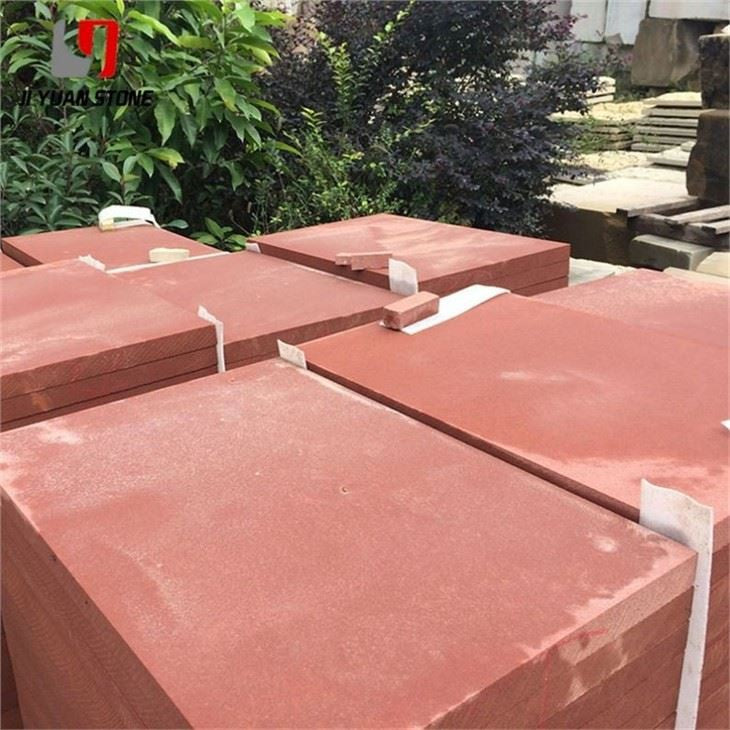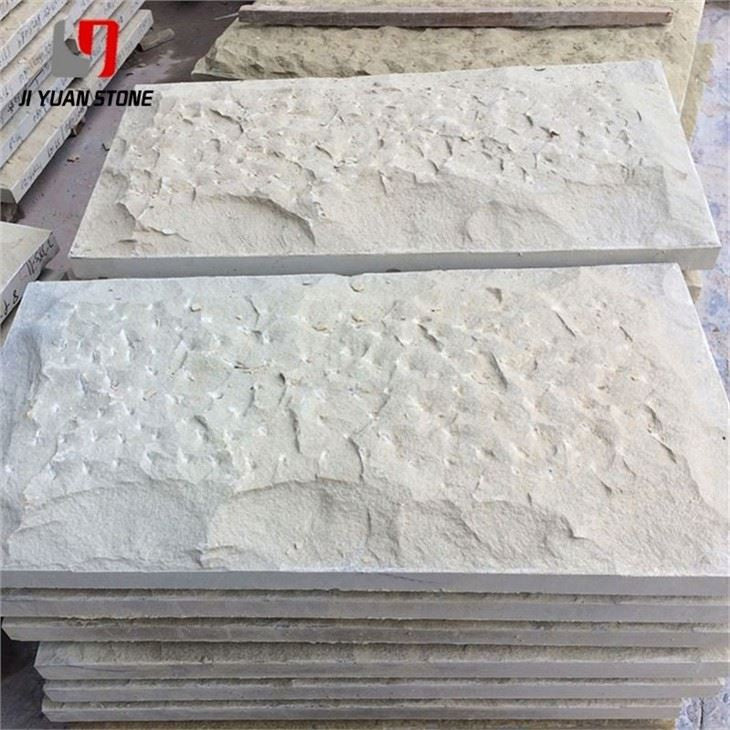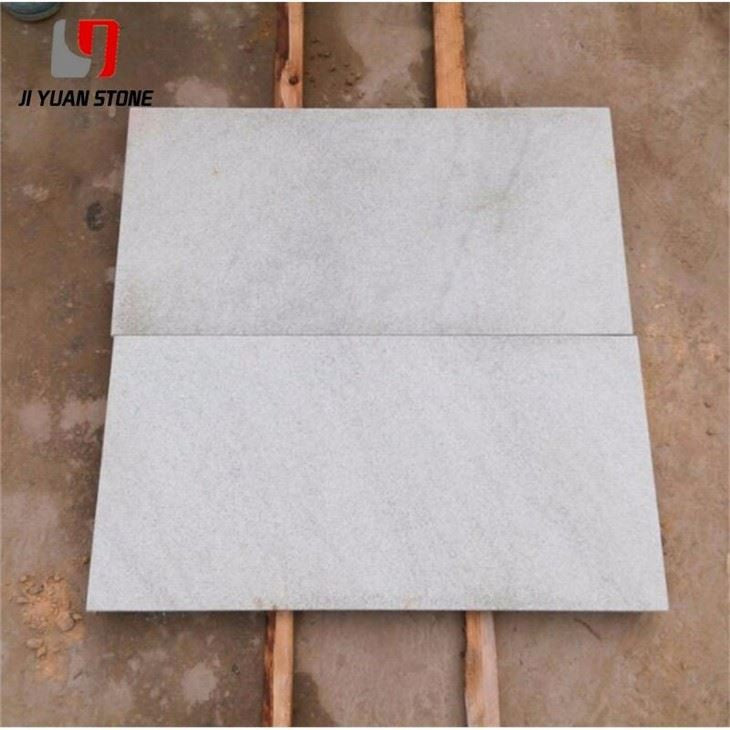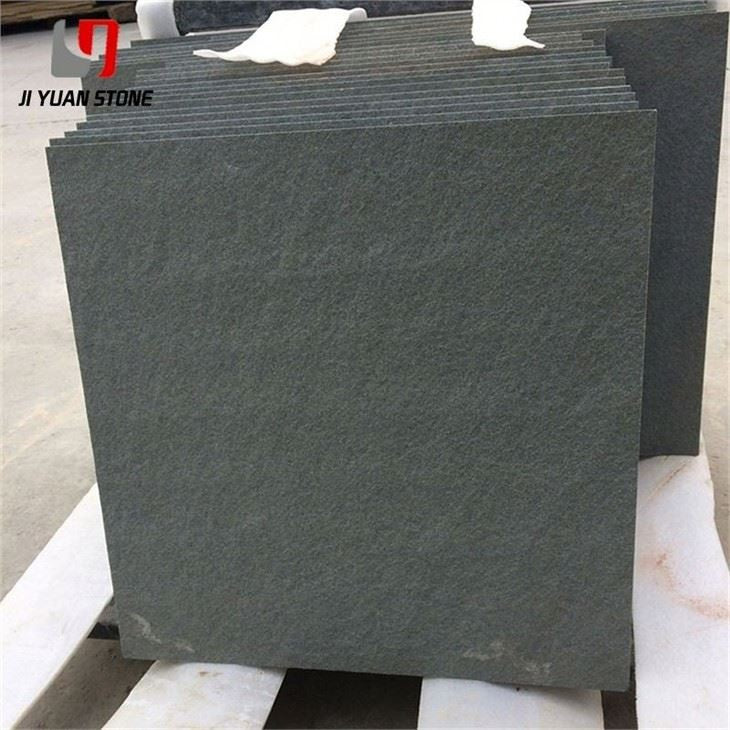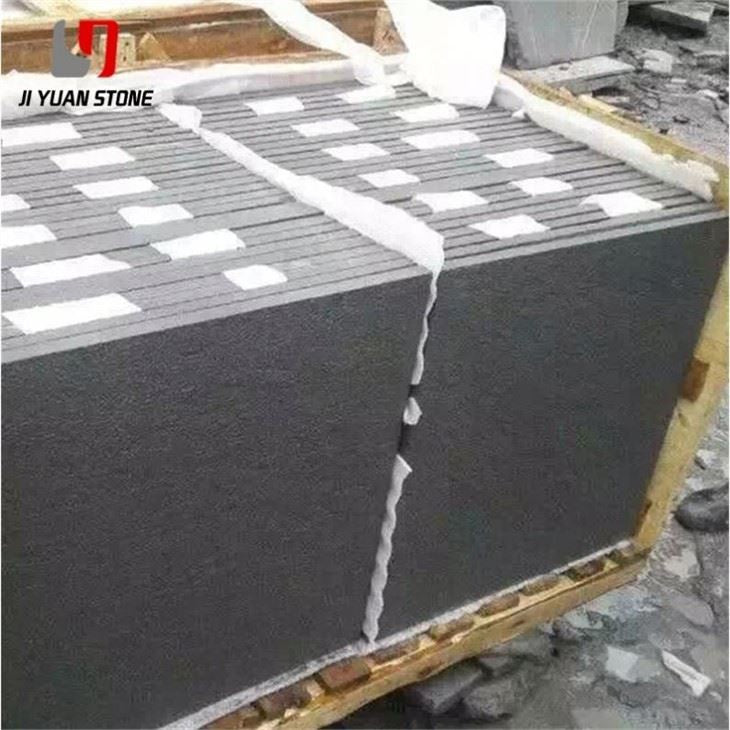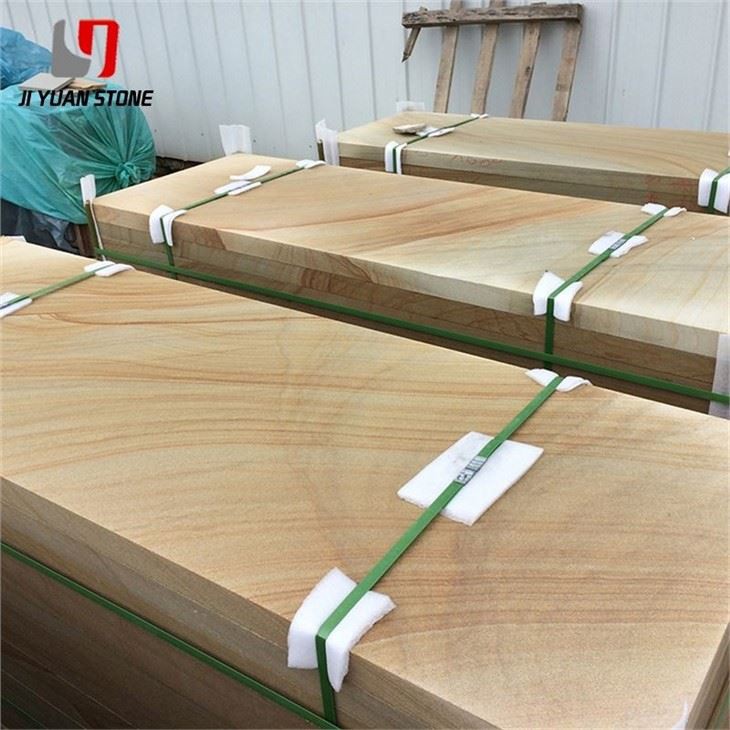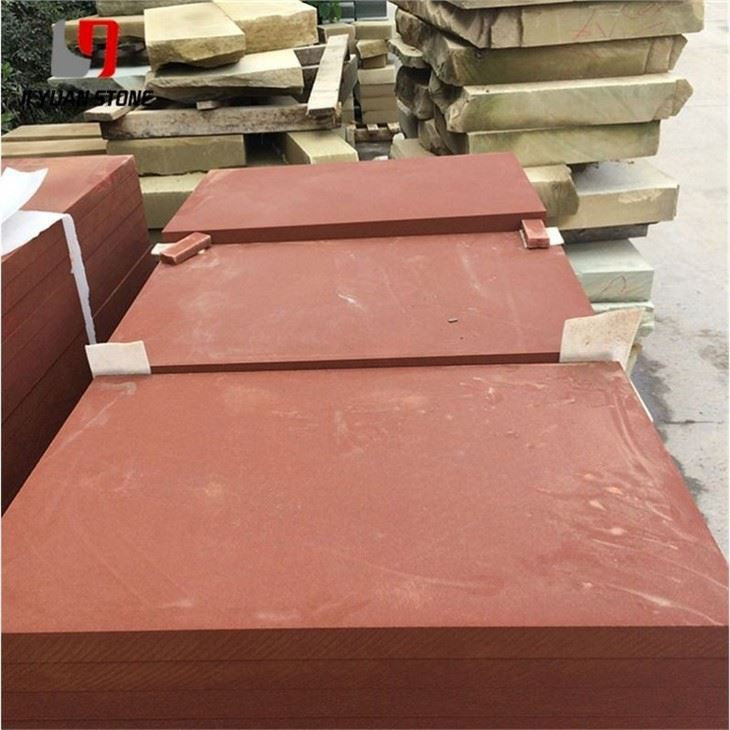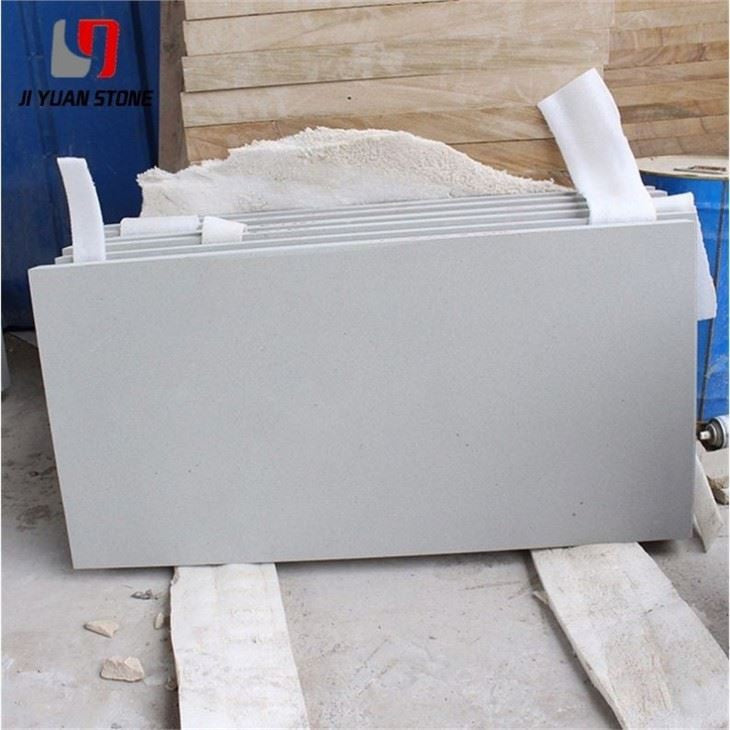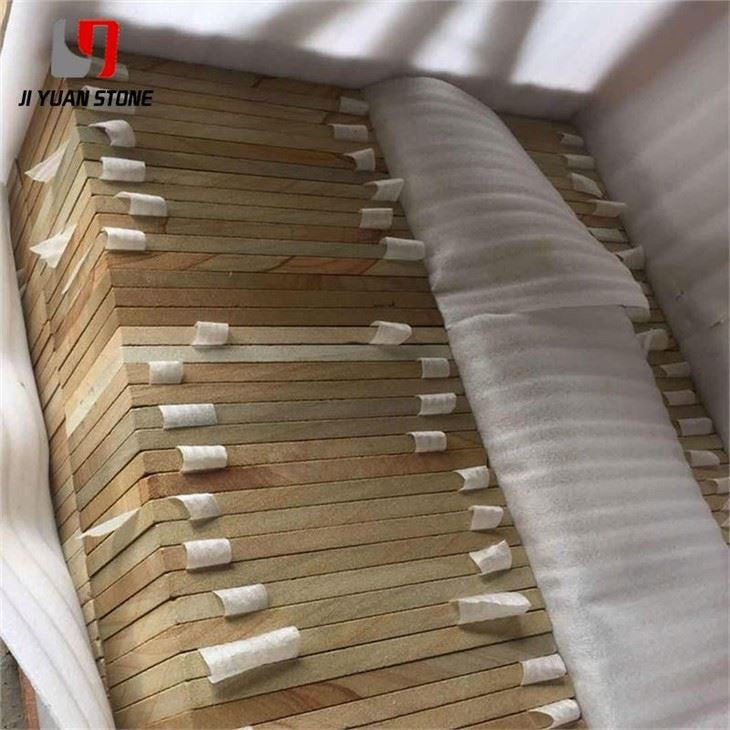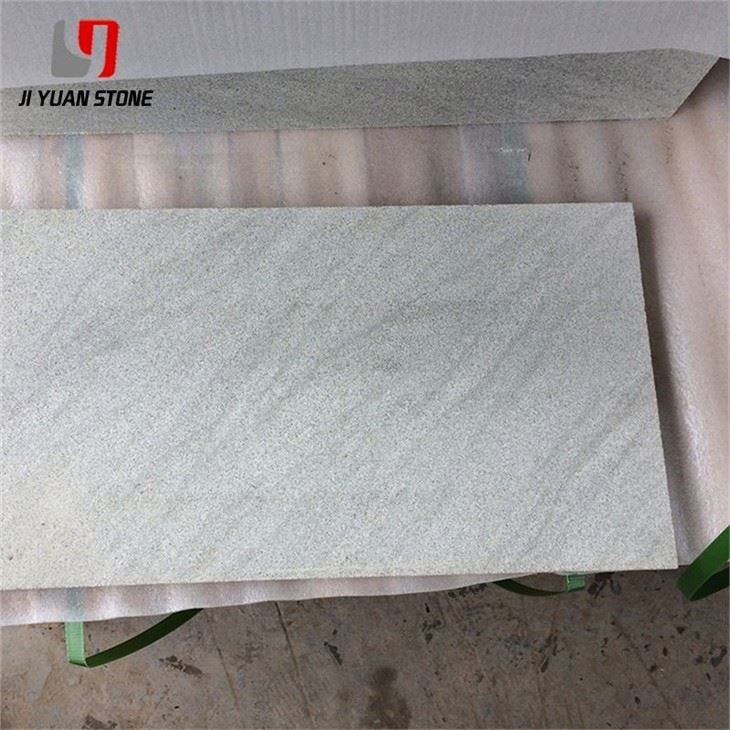1
/
of
12
40mm Sandstone Paving
40mm Sandstone Paving
As a product expert in the paving industry, trust our 40mm Sandstone Paving for its durable construction and timeless beauty. Made from high-quality sandstone, this paving is perfect for any outdoor space and will provide long-lasting appeal. Increase your property's value and enhance its appearance with our 40mm Sandstone Paving.
| Feature | Details |
|---|---|
| Materia | Natural Sandstone |
| Surface Finished | Honed,Flamed,Bush-hammered,Brushed,Nature,Mushroom,Sawn etc |
| Finished Products | Floor tiles, Wall cladding, Countertops, Windowsills, Special-shaped tiles, Small slabs, Swimming pool, steps, wall panel, flooring, veneers, slabs, coping tiles, etc |
| Color | Yellow,black,white,red,purple wood,green,grey,rainbow etc |
40mm Sandstone Paving: Composition & Formation
1. Composition & Characteristics
- 40mm sandstone paving is primarily composed of detrital quartz and feldspar.
- Feldspar content can be significantly high, including orthoclase, plagioclase, and acid plagioclase.
- The color is often red or yellow, influenced by the parent rock’s mineral composition.
2. Formation Process
- Requires feldspar-rich parent rocks such as granite and granite gneiss.
- Formation is influenced by tectonic activity, paleogeography, and paleo-climatic conditions.
- In regions with strong tectonic movements and granite basement uplifts, heavy erosion leads to thick sandstone deposits.
Detrital 40mm Sandstone Paving
1. Composition & Variability
- Composed mainly of quartz and lithic fragments.
- Lithic sandstone varies in composition depending on the parent rock.
- Common feldspar types include plagioclase and potassium feldspar, but may also contain unstable basic plagioclase.
2. Appearance & Formation
- Typically darker in color, such as gray, gray-green, and gray-black, while lighter-colored varieties are rare.
- Formed in depression zones or basins near structural uplift areas due to rapid erosion and accumulation of parent rock fragments.
- Can originate from both terrestrial and marine environments.
Share
